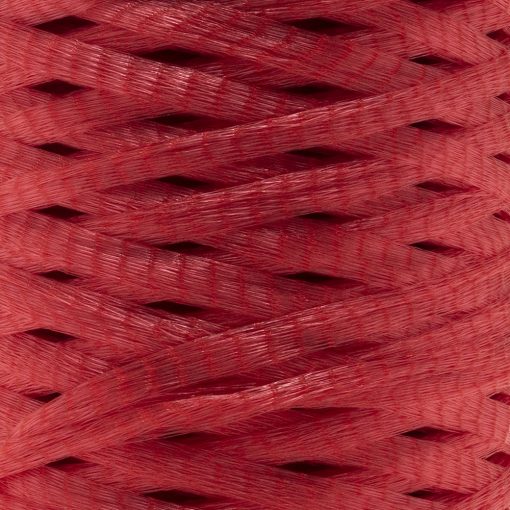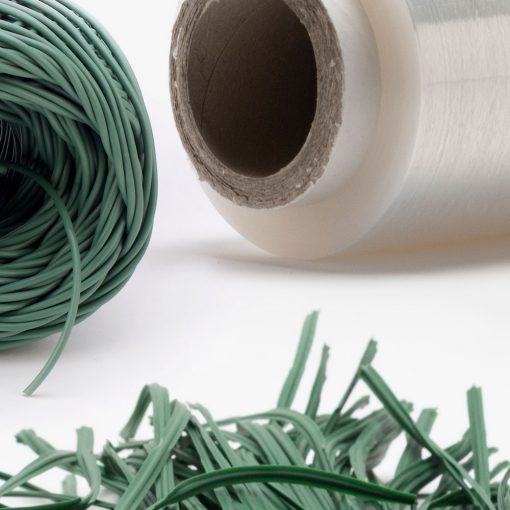Ropes and Strings, but also Braids, Belts, Stretchers, Sacks, Nets, Cloths and Tow: each product acquires value from the raw material used, through a careful and specific choice.
Materials used: among the most commonly used materials in our manufacturing processes: hemp, jute, linen, cotton, polyethylene, sisal, polyester, rayon, polypropylene.
Customisation: our production is particularly careful in customising its products: quality, diameter and colour are differentiated according to the sector and required uses.
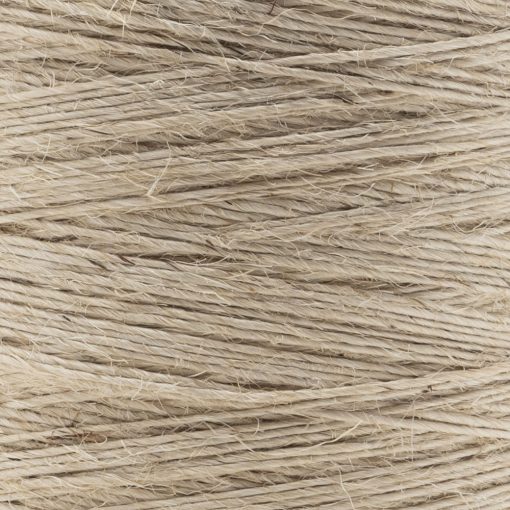
YARNS AND TWISTS
Yarn (also called thread), is obtained through the process of spinning appropriately refined and blended slivers.
The yarn, which is single-ply and continuous, can be of various thicknesses and is identified by various different units of measurement. The most common are Lea (count) or Nm (metric number).
Subsequently, the yarn can be coupled with two or more threads, thus obtaining the twisted yarn.
With the twisting process, the yarn acquires strength and compactness.
The twisted yarn obtained can be used as a semi-finished product or undergo further processing.
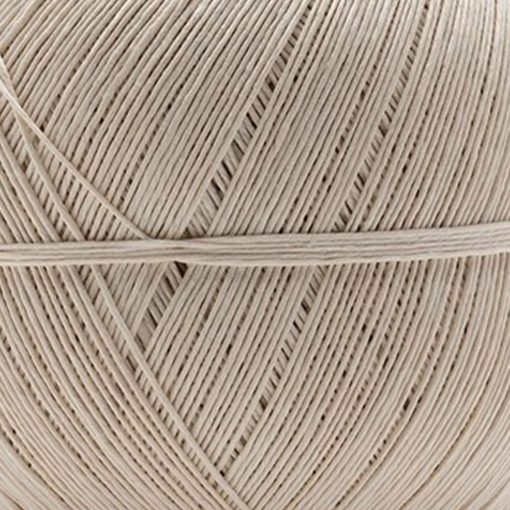
TWINES
Twine is made by the twisting and subsequent polishing of natural and synthetic fibre yarns.
Polishing is a waxing process that makes the twine shinier and stiffer as opposed to twisted, which is softer and less smooth and more hairy.
The main natural raw materials used include linen, cotton, ramie and rayon; while polyester and polypropylene are mainly used to make synthetic twines.
Twines can be produced in a variety of packages and weights.
The main ones include: bobbins with and without a tube (or inner core), balls, spools and skeins.
Depending on the fibre used and the production and packaging procedure, twines can be obtained for different uses and suitable for all types of industry.
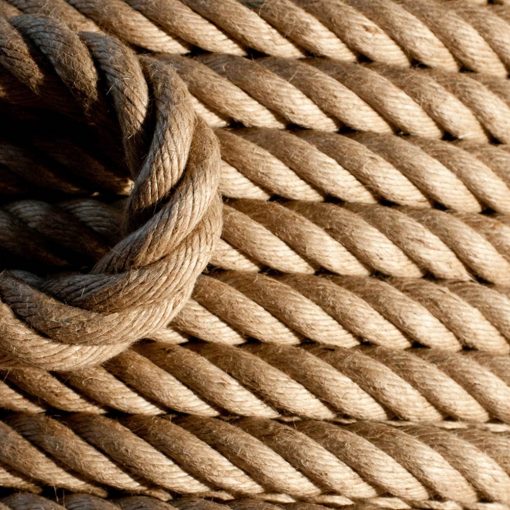
ROPES
Rope is made up of the union of 3 or 4 strands of wood (or strands) that are twisted together.
It can be made from natural and synthetic fibres.
The main natural raw materials used include linen, jute and sisal; whereas synthetic ropes are made from polyester, polypropylene and synthetic raffia.
Depending on the fibre used and the manufacturing procedure, ropes can be obtained for various uses including furniture, nautical, fishing, packaging and technical sectors.
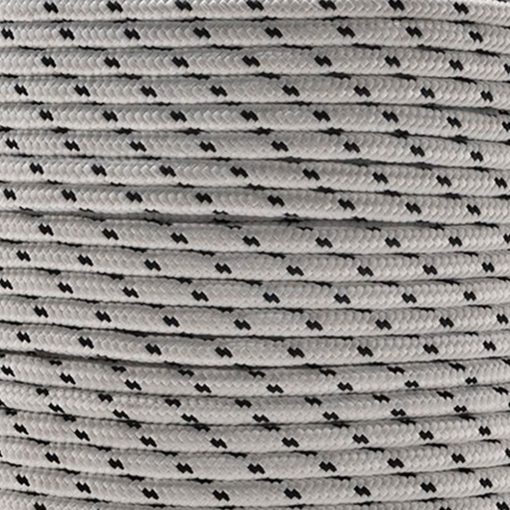
BRAIDS
The braid is formed by the union of several intertwined threads that give it its classic tubular shape.
The main natural raw materials used include linen and cotton, while polyester and polypropylene are mainly used to make synthetic braids.
Depending on the fibre used and the manufacturing procedure, braids from small diameters up to 30 mm can be obtained.
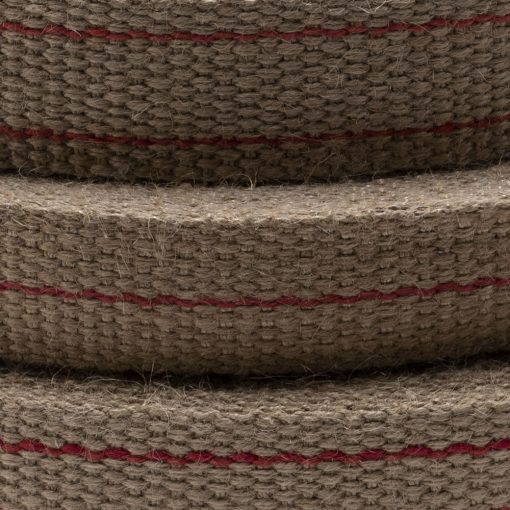
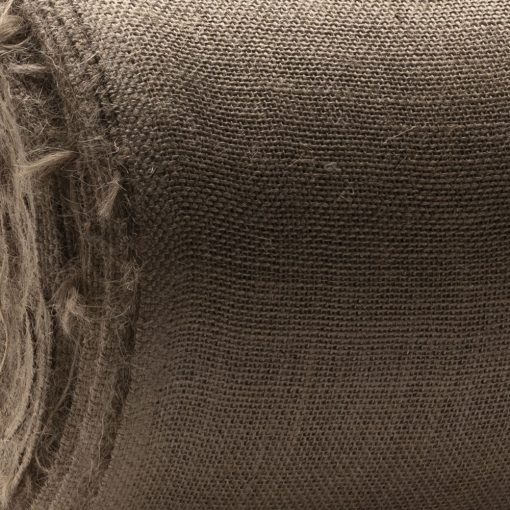
CANVASSES
Canvas jute is a natural fibre fabric obtained from plants of the genus Corchorus.
The fibre is obtained from the stem of the plant and is highly hygroscopic and totally biodegradable.
The fabric has the characteristics of yarn and is rough and quite strong; it also offers high breathability.
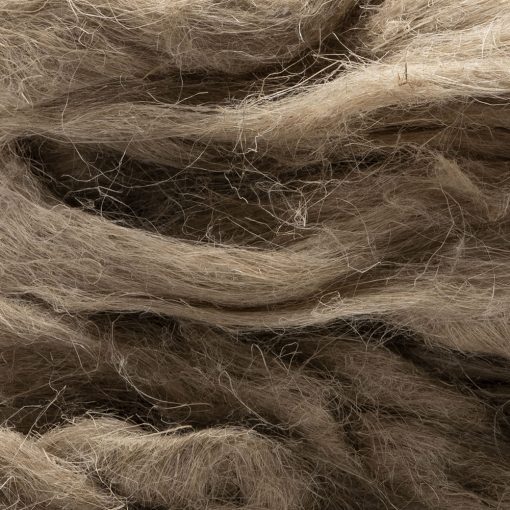
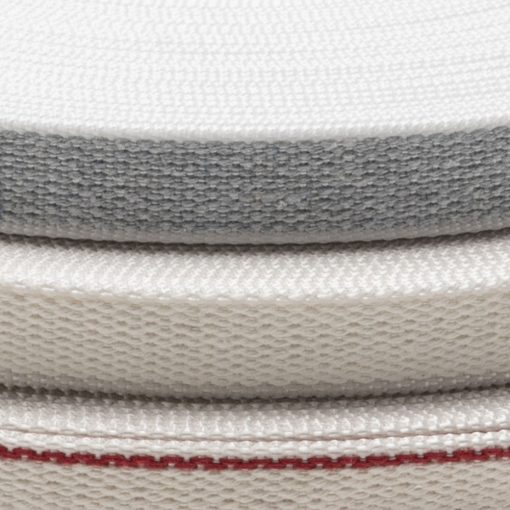
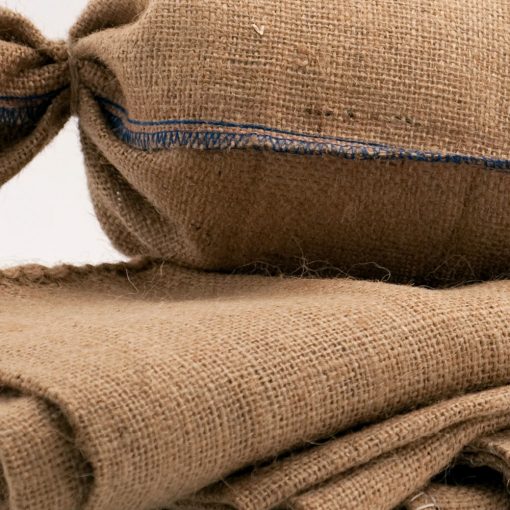
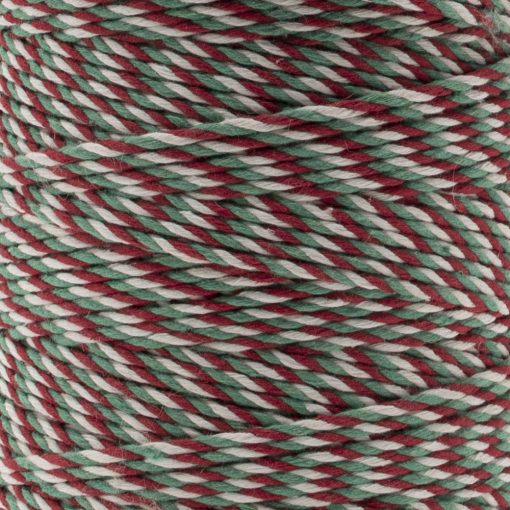
REINFORCEMENT
The reinforcement, also known as cord, is produced with a special twist that makes it resemble a very thin rope.
It can be produced from natural and synthetic fibres.
It is rigid and resistant and is suitable for decorations, handicrafts, costume jewellery, fashion accessories, giftware, packaging, shoe finishing and clothing tags.
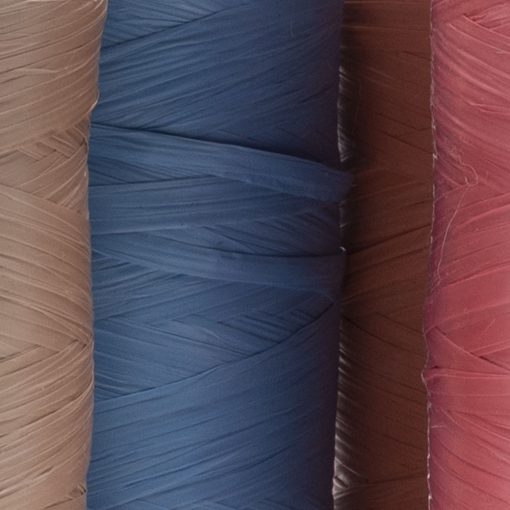
RAFFIA
The raffia (or ràfia), comes from a variety of palms of tropical Africa, belonging to the genus Raphia.
Widespread especially in Madagascar, this palm is characterized by its very long fronds.
It’s a coarse plant fiber, it has good resistance to tension and weathering.
Suitable for interweaving productions and for artisanal work; in gardening for grafts and bindings that do not damage the plant; in objects, for wedding favors and fashion accessories.
